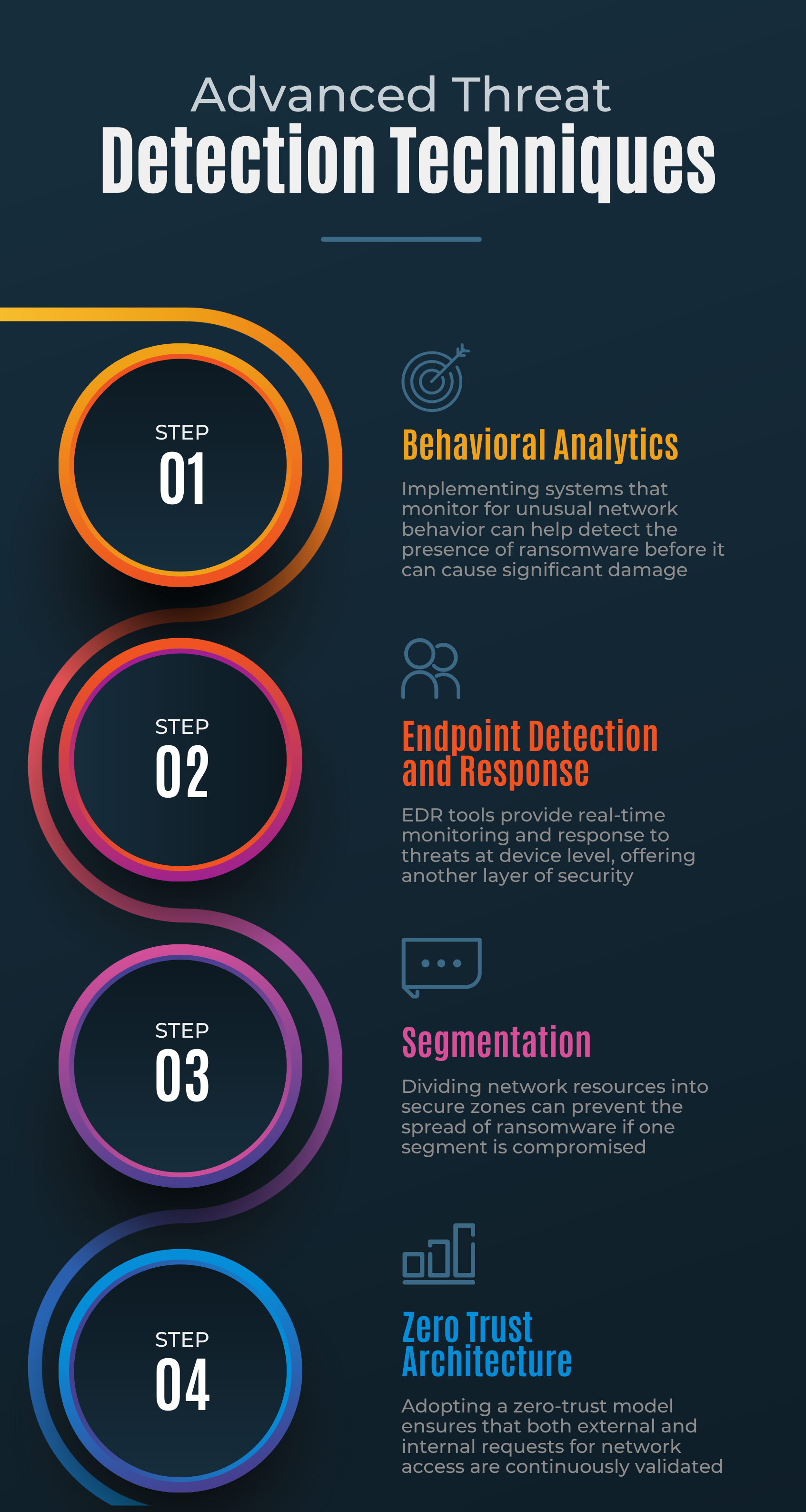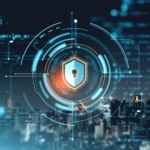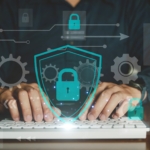As cyber threats evolve, so does the sophistication of ransomware attacks, posing severe challenges to organizations worldwide. The recent revelation by Securonix about the FROZEN#SHADOW campaign highlights the urgent need for advanced cybersecurity measures. Below, we will delve into the complexities of ransomware threats and discuss state-of-the-art techniques to combat them effectively, specifically advanced threat detection.
1. Understanding the Threat Landscape
The FROZEN#SHADOW campaign is a stark reminder of the dynamic nature of cyber threats. Cybersecurity researchers have unearthed this ongoing attack leveraging phishing emails to deliver a malware known as SSLoad, which subsequently deploys Cobalt Strike and ConnectWise ScreenConnect to take over systems completely. This method underscores the attackers’ shift towards more covert and sophisticated techniques, making traditional defense mechanisms less effective.
2. The Mechanics of SSLoad
SSLoad, a particularly stealthy malware, infiltrates systems to gather and transmit sensitive information while deploying multiple backdoors to maintain persistence and avoid detection. This malware initiates its infection through seemingly benign emails, showcasing the critical need for enhanced email security protocols and employee awareness training.
3. Advanced Threat Detection Techniques
In response to the evolving ransomware tactics, organizations must adopt advanced threat detection techniques:
Behavioral Analytics
- Implement systems that monitor for unusual network behavior. This can help detect the presence of ransomware before it causes any significant damage
Endpoint Detection and Response
- EDR tools provide real-time monitoring and response to threats at device level, offering another layer of security
- Dividing network resources into secure zones can help prevent the spread of ransomware if one segment is compromised
Zero Trust Architecture
- Adopting a zero-trust model ensures that both external and internal requests for network access are continuously validated

4. Importance of Regular Training and Updates
Training employees to recognize phishing attempts and malicious emails is more crucial than ever. Regular updates and patches also minimize vulnerabilities that can be exploited by ransomware, ensuring systems are safeguarded against known threats.
5. Planning for Incident Response
Having a robust incident response plan can significantly reduce the impact of a ransomware attack. This plan should include immediate isolation of infected systems, communication strategies, and recovery procedures to restore data from secure backups.
Ransomware remains one of the most significant threats to global cybersecurity, requiring a sophisticated and proactive approach to defense. By understanding the latest attack methods and implementing advanced detection techniques, organizations can better protect themselves against these disruptive threats.
Protect your organization from the ever-present threat of ransomware. Contact our cybersecurity experts today to fortify your defenses and ensure your data remains secure.







 Smoke testing is a term used to describe the testing process for servers after patches are applied.
Smoke testing is a term used to describe the testing process for servers after patches are applied.  This is a basic cost calculator for you to compute your typical monthly cost for patching your servers, PCs, laptops, tablets and associated application software. It also forms the basis for you to begin calculating your Return on Investment for software patching, or for comparison with alternatives to the manual process of patching operating systems and application software—such as Patch Management as a Service, also known as Vulnerability Management as a Service.
This is a basic cost calculator for you to compute your typical monthly cost for patching your servers, PCs, laptops, tablets and associated application software. It also forms the basis for you to begin calculating your Return on Investment for software patching, or for comparison with alternatives to the manual process of patching operating systems and application software—such as Patch Management as a Service, also known as Vulnerability Management as a Service.